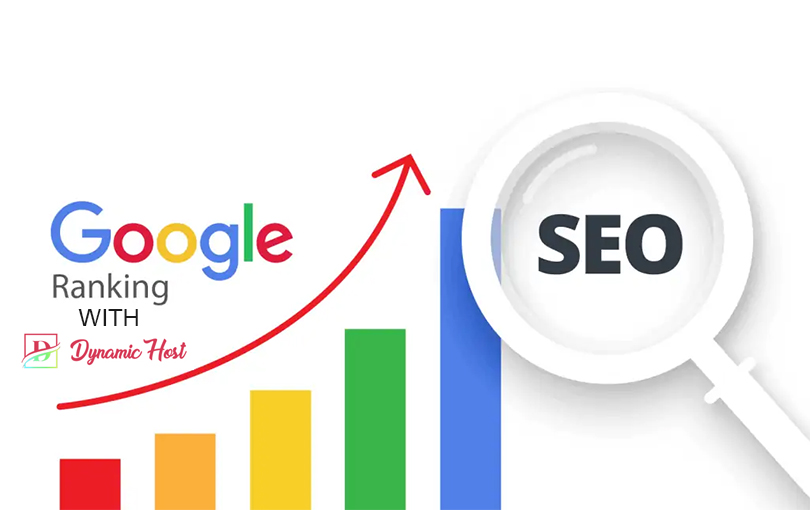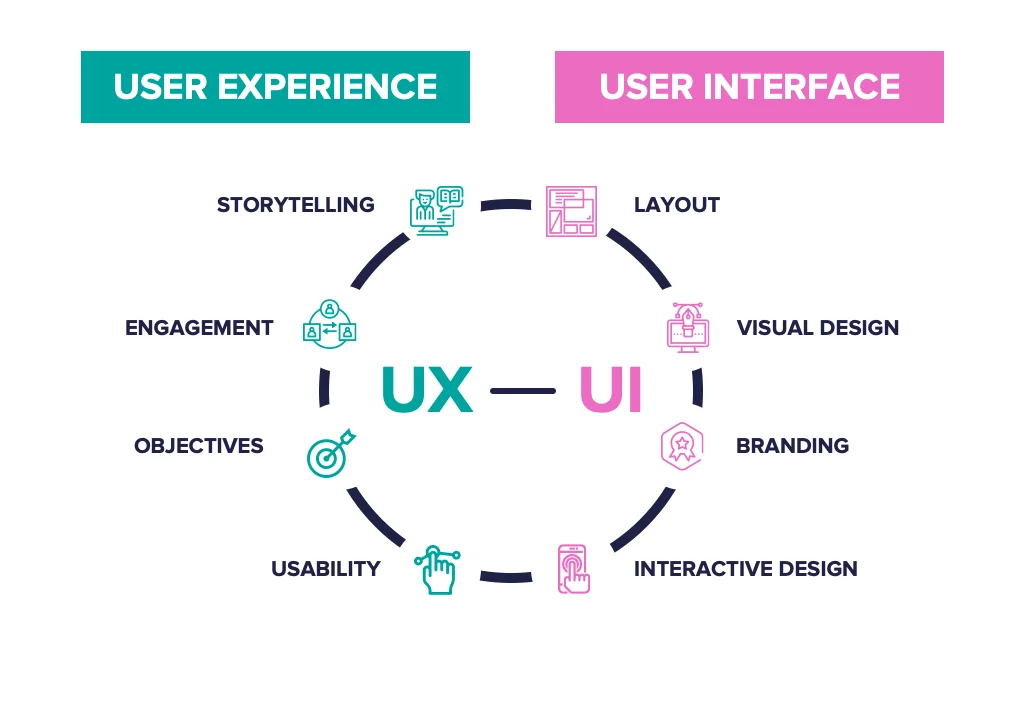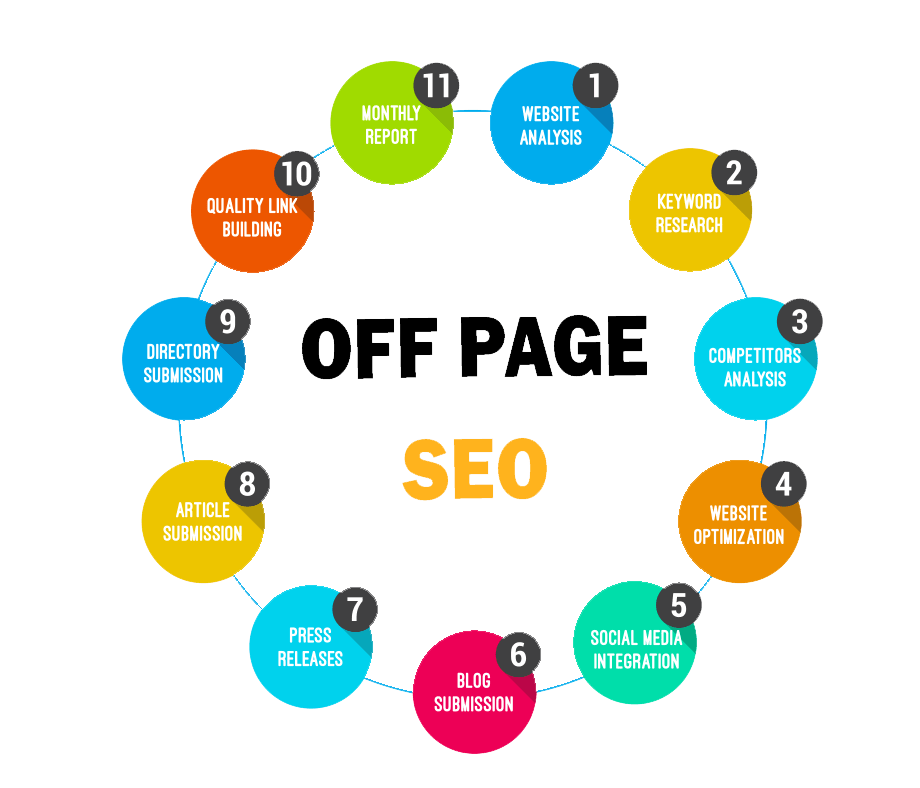Google SEO standards for ranking a webpage involve a combination of technical, on-page, and off-page factors. Below are key elements that contribute to better search engine rankings:
1. Keyword Optimization
- Keyword Research: Identify relevant keywords and phrases that potential customers are searching for.
- Placement: Include primary keywords in titles, headings, URLs, meta descriptions, and throughout the content naturally.
- Long-Tail Keywords: Use long-tail keywords that are specific to your niche or service.
2. Content Quality
- Original and Valuable Content: Ensure your content is unique, informative, and valuable to the reader.
- Length and Depth: Create comprehensive content that thoroughly covers the topic. Longer, in-depth articles often rank better.
- User Intent: Align your content with the searcher’s intent, whether they’re looking for information, a product, or service.
- Regular Updates: Frequently update your content to keep it relevant and fresh.
3. On-Page SEO
- Title Tags: Write compelling and keyword-rich title tags (50-60 characters) that accurately describe the content.
- Meta Descriptions: Create informative and engaging meta descriptions (150-160 characters) to encourage click-through rates.
- Headings (H1, H2, H3, etc.): Structure your content with clear and descriptive headings that include relevant keywords.
- Image Optimization: Use alt tags for images, compress images for faster loading, and ensure they’re relevant to the content.
- Internal Linking: Include internal links to other relevant pages on your site to improve navigation and keep users engaged.
- URL Structure: Create short, descriptive, and keyword-friendly URLs.
4. Technical SEO
- Mobile-Friendliness: Ensure your website is fully responsive and provides a good user experience on mobile devices.
- Site Speed: Optimize your website’s loading speed by compressing images, using efficient code, and leveraging browser caching.
- HTTPS: Secure your website with HTTPS encryption to ensure data protection and build trust with users.
- XML Sitemap: Submit an XML sitemap to Google to help the search engine index your pages efficiently.
- Robots.txt: Use a robots.txt file to guide search engine crawlers on which pages to crawl and index.
- Structured Data (Schema Markup): Implement structured data to enhance search engine understanding of your content and improve rich snippets.
5. User Experience (UX)
- Navigation: Create a clear, intuitive navigation structure that helps users easily find what they’re looking for.
- Engagement Metrics: Focus on reducing bounce rate, increasing time on page, and encouraging interactions such as clicks and shares.
- Readability: Ensure content is easy to read, using short paragraphs, bullet points, and clear language.
- Call to Action (CTA): Use clear and compelling CTAs to guide users toward the desired action, such as making a purchase or signing up.
6. Off-Page SEO
- Backlinks: Acquire high-quality backlinks from authoritative websites in your industry. Focus on natural link-building strategies like guest posts, partnerships, and outreach.
- Social Signals: Encourage social sharing of your content to boost visibility and traffic from social media platforms.
- Local SEO: If applicable, optimize your website for local search by creating and optimizing a Google My Business profile, and acquiring local citations.
7. Core Web Vitals
- Largest Contentful Paint (LCP): Optimize the loading time of the largest element on the page to under 2.5 seconds.
- First Input Delay (FID): Ensure that your page is interactive within 100 milliseconds.
- Cumulative Layout Shift (CLS): Minimize layout shifts to ensure content remains stable as it loads, with a CLS score of less than 0.1.
8. Regular Monitoring and Analytics
- Google Analytics: Use Google Analytics to track and analyze user behavior, traffic sources, and conversions.
- Google Search Console: Monitor your website’s performance in search results, check for crawl errors, and fix indexing issues.
- A/B Testing: Continuously test and optimize content, CTAs, and page elements to improve performance and conversions.
By focusing on these Google SEO standards, you can enhance your website’s visibility, improve user experience, and achieve higher rankings on search engine results pages (SERPs).






